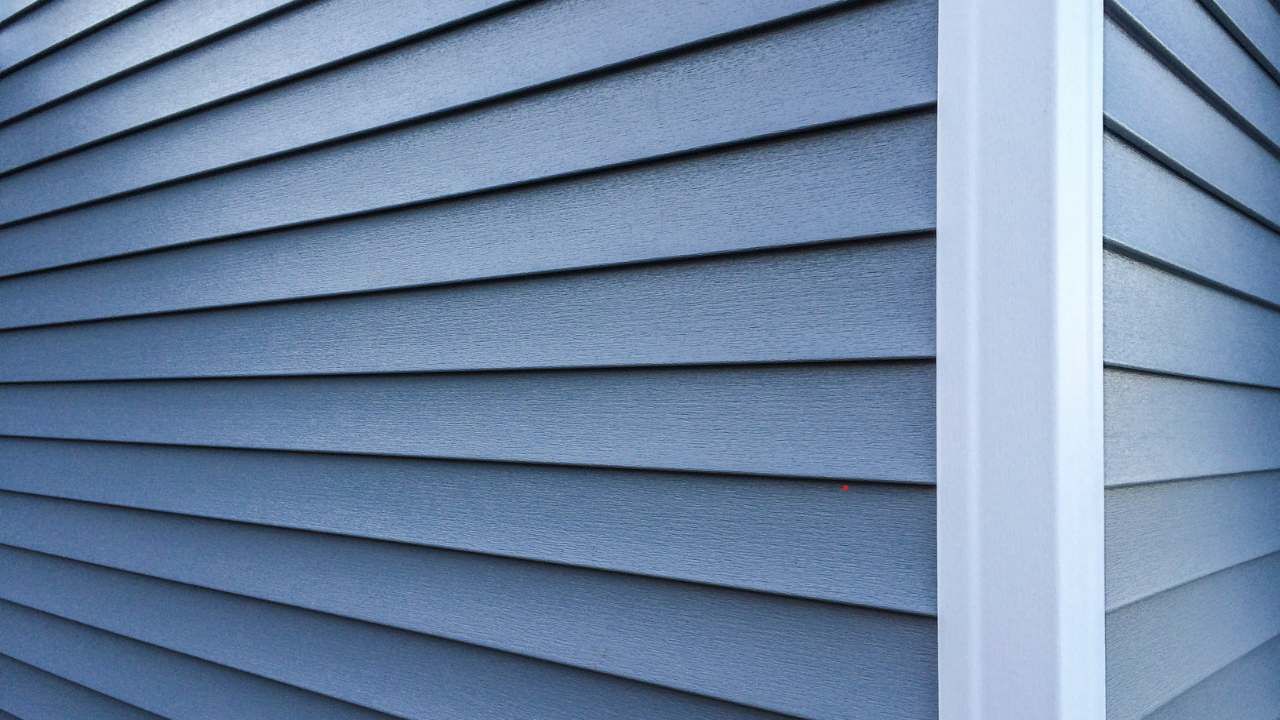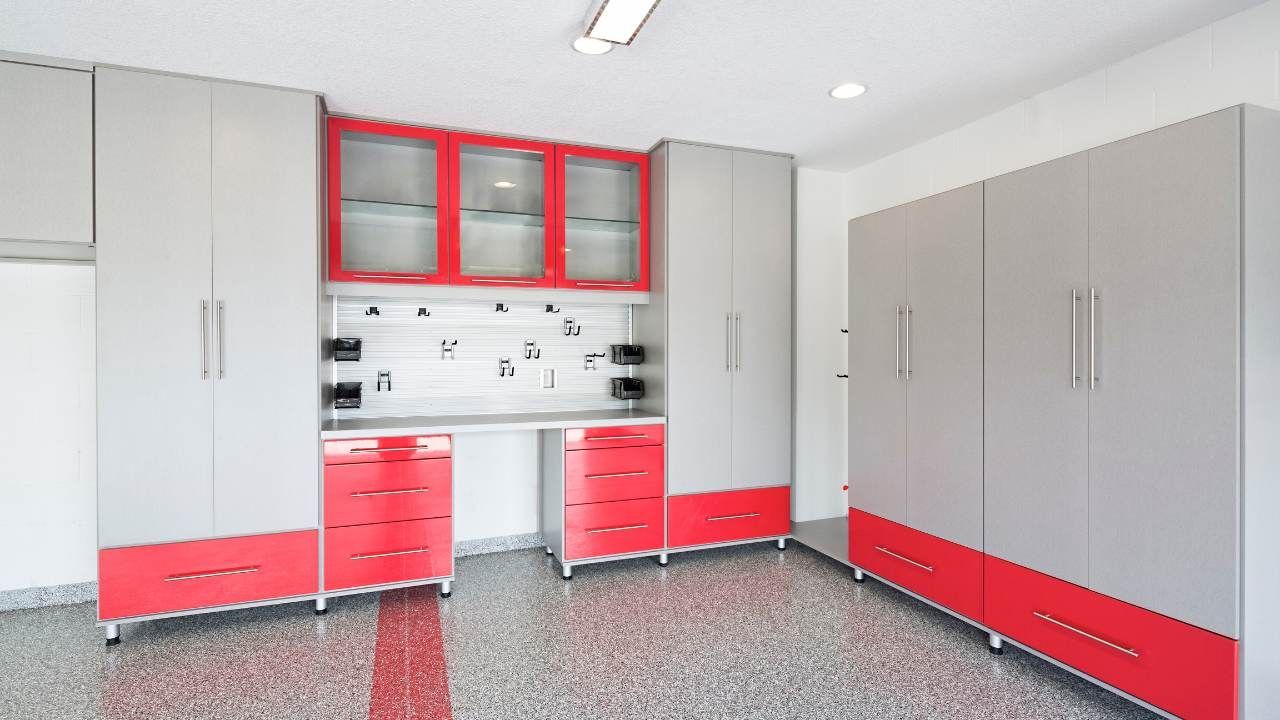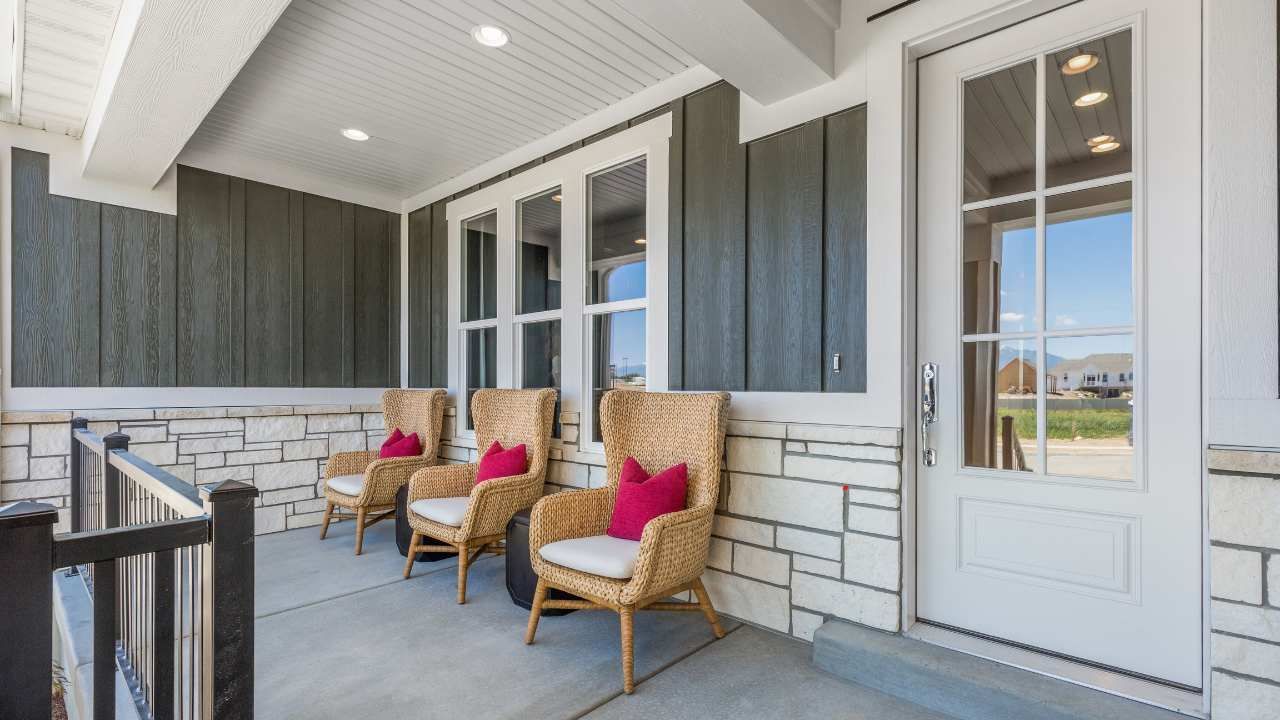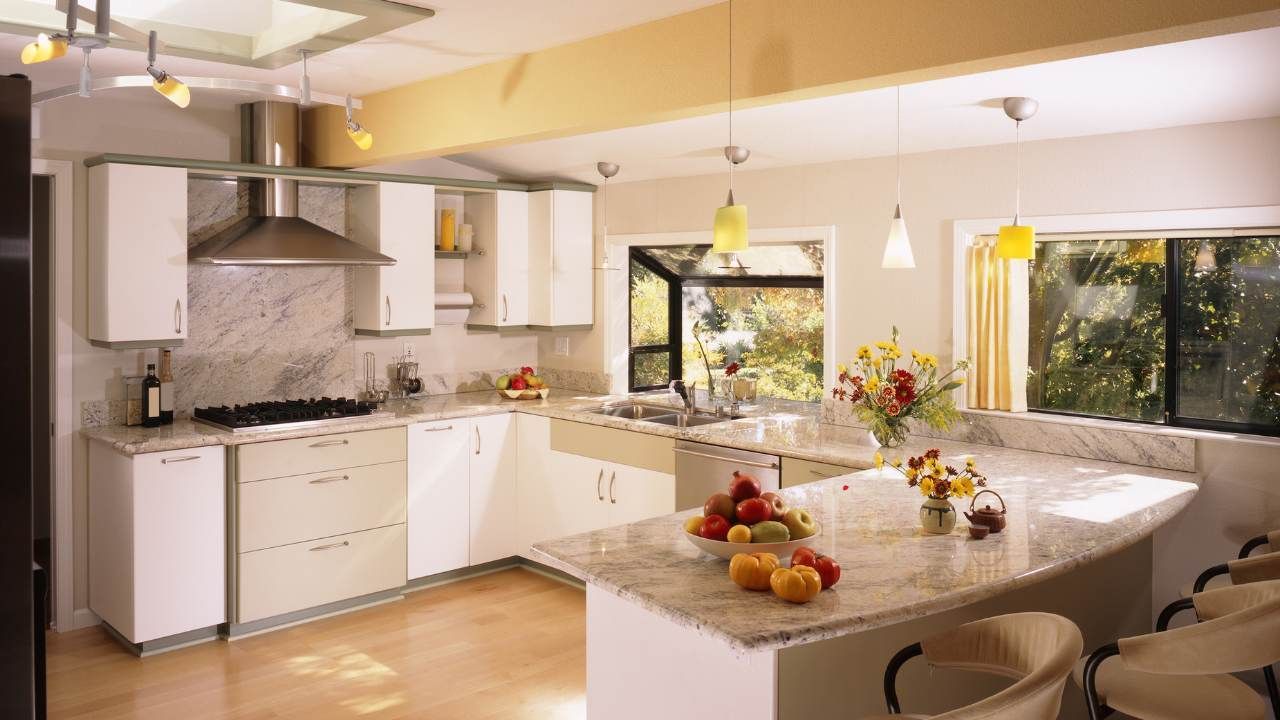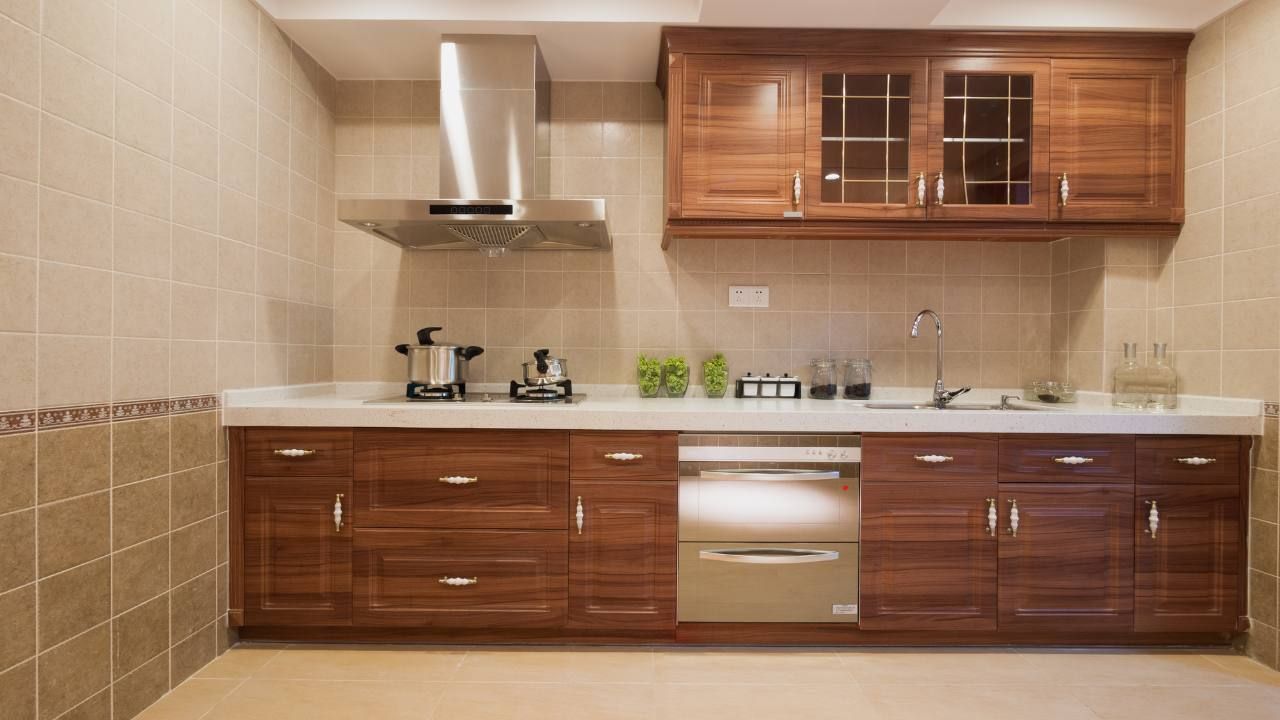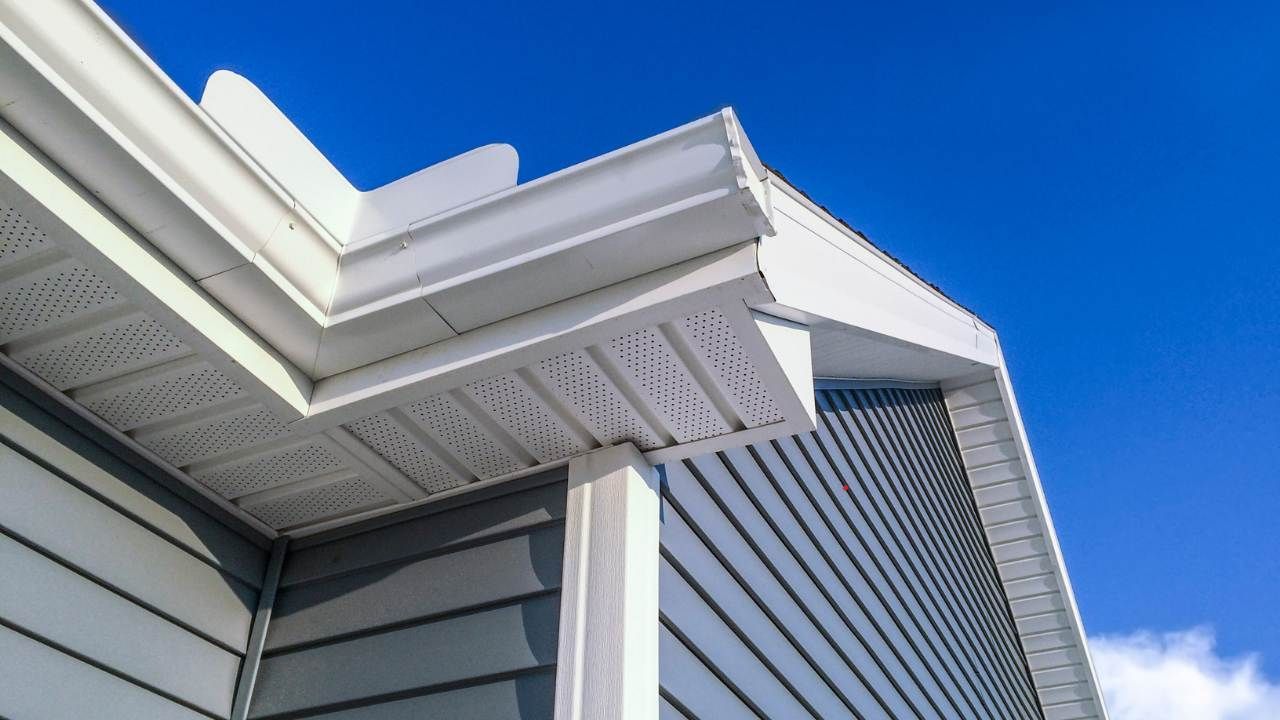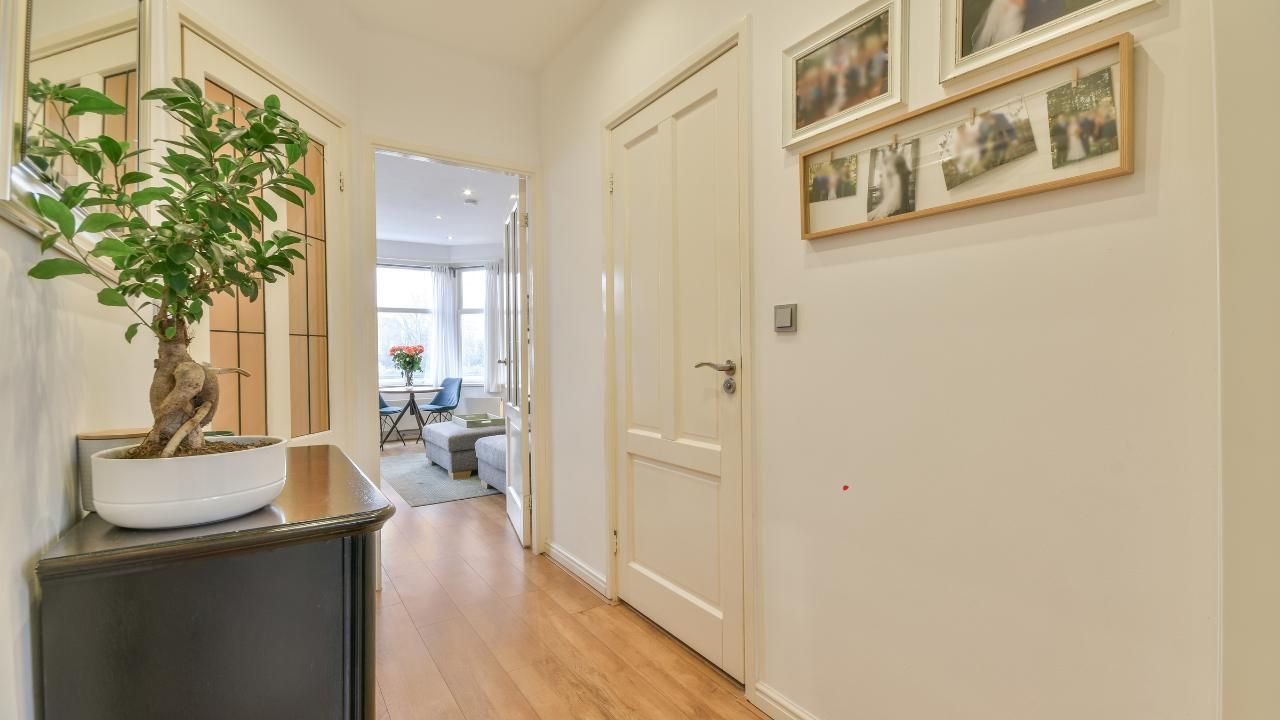5 Common Mistakes to Avoid When Painting Your House

Painting your house can feel like an exciting DIY adventure—until you’re left staring at streaky walls or peeling paint, wondering where it all went wrong. House painting isn’t rocket science, but it does require careful planning and execution to get the flawless results you envision.
Whether you’re planning to refresh a single room or the entire house in Stillwater, here are five common mistakes to avoid. You’ll learn how to steer clear of these pitfalls and achieve a professional finish, even as a beginner.
1. Skipping the Prep Work
Painting is as much about preparation as it is about the actual painting. Many homeowners rush straight to rolling paint on walls, only to regret it later when imperfections show through.
Here’s what to do instead:
- Clean the surface: Dust, grime, and grease can prevent paint from adhering properly. Wipe down walls with a damp cloth or mild soap solution before painting.
- Patch and sand: Fill in holes, cracks, or dents with spackling paste and sand the area smooth.
- Tape smartly: Use painter’s tape to protect trims, ceilings, and edges. Apply it evenly, and remove it while the paint is still slightly wet for clean lines.
Prepping may seem tedious, but it’s the foundation for a smooth and polished finish.
2. Choosing the Wrong Paint
Not all paint is created equal, and selecting the wrong type can spell disaster for your project. Imagine using flat paint in a high-traffic hallway—scuffs and marks will become your new decor.
To get it right:
- Consider the finish: Use eggshell or satin finishes for walls in living spaces and semi-gloss for areas like kitchens and bathrooms where durability and moisture resistance are key.
- Pick quality paint: Cheaper paint often requires multiple coats, costing you more time and effort in the long run. Invest in a trusted brand for better coverage and longevity.
Ask yourself: Will this paint work well for this specific space? If the answer is no, it’s worth reconsidering.
3. Overloading the Brush or Roller
It’s easy to assume more paint on the brush equals faster coverage, but overloading often results in drips, uneven layers, and an exhausting cleanup.
The better approach:
- Dip sparingly: Submerge only one-third of the brush or lightly roll the roller into the paint tray to avoid excess paint.
- Work in thin layers: Apply multiple thin coats rather than one thick one. This ensures better adhesion and a smooth finish without streaks.
Remember, patience is key here. Rushing leads to mess, not mastery.
4. Ignoring the Weather
If you’re tackling an exterior painting job, weather plays a huge role in how well your paint adheres and dries. Painting on a humid day or under direct sunlight can lead to blistering, peeling, or uneven drying.
What to watch for:
- Choose mild, dry days with temperatures between 50–85°F.
- Avoid windy conditions, as wind can cause paint to dry too quickly and lead to cracking.
For interior projects, make sure your space is well-ventilated to speed up drying and reduce fumes.
5. Forgetting to Plan the Details
Painting seems simple until you realize you forgot to cover the furniture—or worse, didn’t factor in drying times between coats. Lack of planning can quickly turn your project into a stressful mess.
Stay organized with these tips:
- Protect your space: Use drop cloths and plastic sheets to cover floors and furniture.
- Map out your schedule: Allocate enough time for prepping, painting, and drying between coats to avoid rushed, uneven results.
- Test first: Sample a small area of the wall to ensure the color looks good in different lighting.
A little extra planning upfront saves you from headaches later on.
Final Thoughts
Whether you’re a DIY enthusiast or looking to hire help, avoiding these common mistakes can make all the difference. If you’d rather skip the guesswork and let the pros handle the job, reach out to a trusted expert in residential painting.
To learn more, connect with a painter Stillwater residents rely on, who knows the ins and outs of creating beautiful, long-lasting finishes. Let your walls become a masterpiece, not a mistake!


